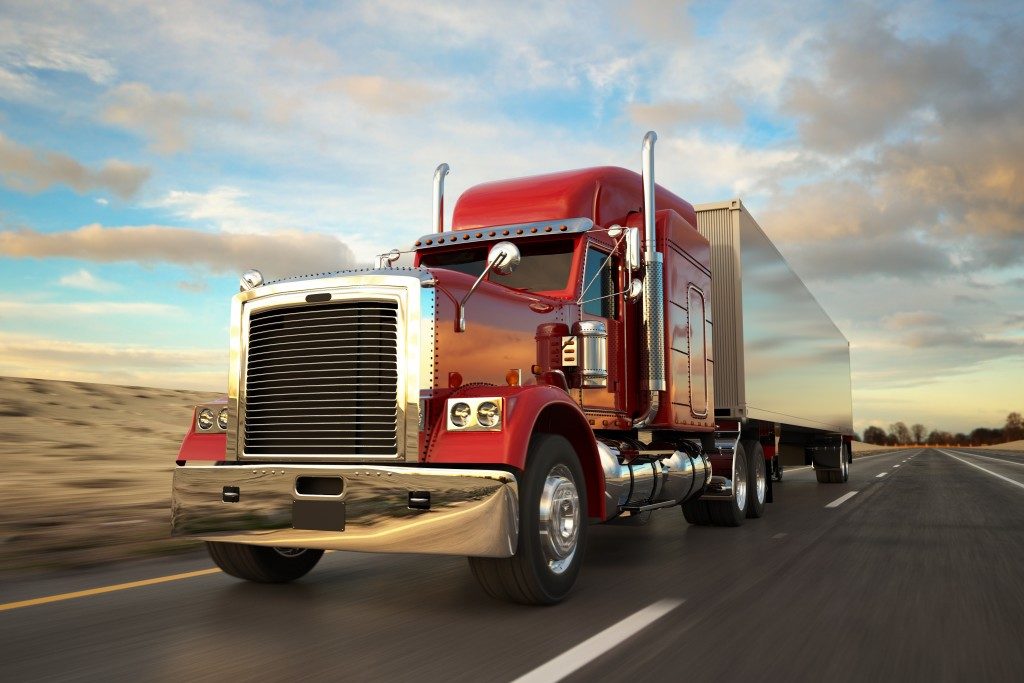Truck job openings are more common than you think, and these are no longer seasonal work. The reason? The United States severely lacks more truck drivers.
According to the 2019 report by the American Trucking Associations (ATA), the country demanded over 60,000 new people to man these trucks in 2018. That’s 20% higher than the previous year. The following can explain the shortage:
1. Age
Trucking is one of the least discriminatory jobs in terms of age. It can accept someone as young as 21 years old, even those with no college degree. The same advantage, though, can also be a problem. Trucking drivers these days are getting older. The average age today is already 55 years old, said the Bureau of Labor Statistics (BLS).
Many of these drivers, though, are already nearing retirement. They might eventually stop working or consider doing the job only part-time. Where are the young ones? It could be more are in college. Statista data revealed about 20 million were in college in 2017. It could increase up to 21 million by 2028. Education provides more young Americans with employment options.
2. Lack of Women
More women are becoming truck drivers. They already number over 200,000 or a jump from 4.9% in 2008 to 6.2% in 2017. Still, they make up only a fraction of the percentage of drivers in the country. Why are they not applying? It’s a combination of many factors.
One of these is public perception. Trucking is a man’s world, and women are less likely to step up the plate to fill in the gap. They are also less aware companies these days are looking for them.
Women also face many challenges in the profession. These include struggles in safety, maintaining personal hygiene, sexism, and sexual harassment. To protect themselves, they can forgo a trucking job.
3. Growth of E-commerce
The development of e-commerce further contributes to the growing trucking job crisis. According to Business 2 Community, the industry revenue could balloon to over $4 trillion in 2021. It’s about twice its sales in 2017.
It’s not only small and medium enterprises that are embracing e-commerce. So do established sellers that wish to diversify their customer channels. In other words, with e-commerce, demand can outpace supply, including truck drivers.
Complicating the challenge is the changing consumer preferences with shipping, mainly due to Amazon. Amazon is the biggest retail giant in the United States to date, and it’s the company that popularized fast shipping options such as one-day and next-day shipping. It also advocates weekend shipping.
This places more pressure on those who compose the rest of the supply chain. Vendors would have to find logistics companies with extensive coverage. Meanwhile, trucking firms would require more truck drivers to speed up delivery.
In hindsight, trucking demand is a good thing. More work means a lower unemployment rate and possibly higher consumer confidence. Both can stir the economy. The downside can be hurtful, however. It can pull businesses down and disrupt an industry. These drive the need for trucking companies to hire as fast as they can.

